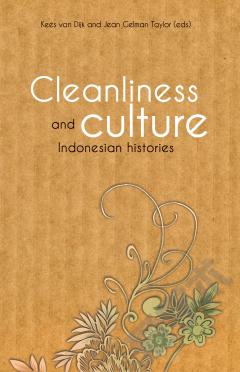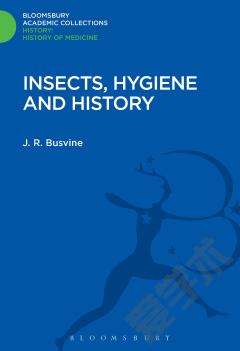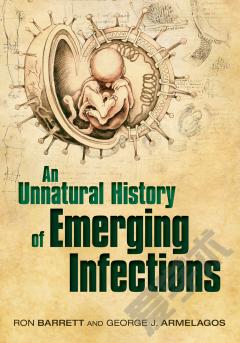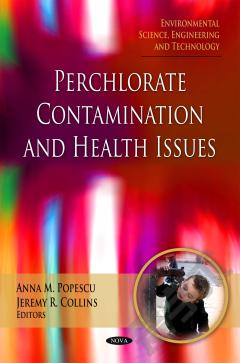Clean —— A History of Personal Hygiene and Purity
----- 干净:个人卫生和纯洁历史
CLEAN is a history of the ideas and practices of personal cleansing and purity. It starts with world and Eurasian history, then focuses on Europe and finally, Britain. It takes a multidimensional and multi-temporal view of historical change, arguing that our universal bio-physical or animal cleansing mechanisms and grooming behaviour were gradually overlaid, on the different continents, by the human social history that began to emerge in the late Neolithic period. A developing culture and technology of cleansing can be found in the very early history of domestic habits, the early history of luxurious cosmetic adornments, the history of religious ascetic philosophy, and in later Greco-Roman medical science. In Europe after the fall of Rome, these different strands of thought and activity were resurrected via neo-classical science and health education, and \(in England\) via a radical Protestant, puritan, interpretation of physiology that underlaid the âgospel of cleanlinessâ r eform movements in the 19th century. Cosmetic beauty care had a more chequered career, in the face of ascetic disapproval, but the skin-cleansing warm bath finally became widely available in the mid 19th century. The microbiological and macrobiological sciences of hygiene were fully incorporated into personal and public health-care during the first half of the twentieth century\; but as the MRSA outbreaks show, old-style hygienic technology is still required, while the so-called âhygiene theoryâ suggests it may be possible to be too clean for our own good. The moral psychology of hygiene suffered an ideological post-war eclipse after the puritanical eugenics of Nazism, but has since been embraced by the global public in new forms â personal health regimes, green pollution ecology, food purity scares and ascetic religious fundamentalism. Meanwhile cosmetic care is one of the fastest-expanding areas of investment in the late 20th-early 21st century luxury trades. \
{{comment.content}}








 京公网安备 11010802027623号
京公网安备 11010802027623号